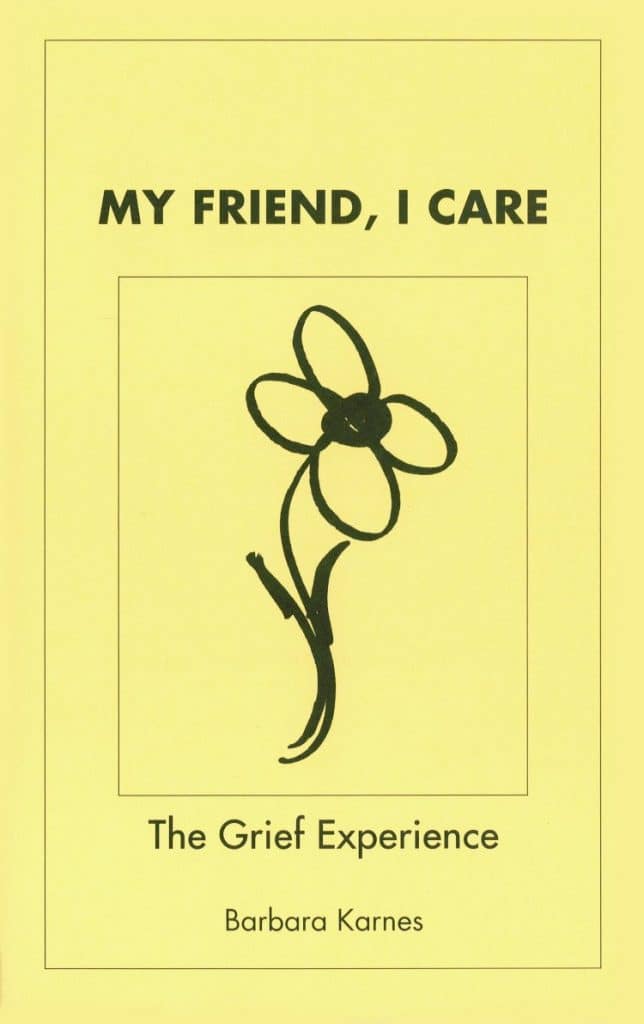
The Searcher: A Novel
Estimated reading time: 0 minutes, 43 secondsToday, I started reading Tana French‘s The Searcher: A Novel. Last week, I read The Hunter by the same author. I should have read The Searcher first, as it is the prequel to The Hunter, but reading in reverse order helped my enjoyment. Despite knowing some of the suspenseful twists and turns the story would take, I found it a page-turner.
The story follows Cal Hooper, a retired Chicago police officer who seeks a fresh start in a tranquil Irish village. However, when a local boy approaches him to investigate his missing brother, Cal discovers that the town has its share of dark secrets. The book raises thought-provoking questions about distinguishing right from wrong in a complicated world and what we risk when making that decision.
Tana French is a highly acclaimed crime novelist who skillfully creates a captivating and suspenseful atmosphere throughout the book.







